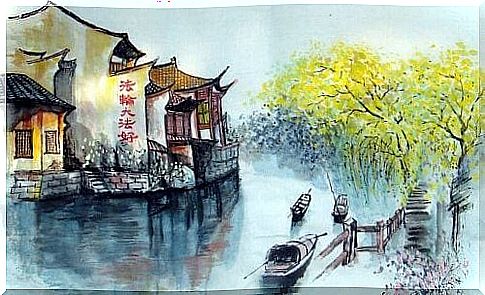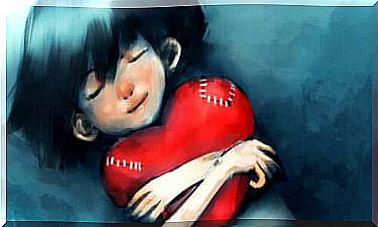The Falcon That Couldn’t Fly, A Zen Story About Autonomy
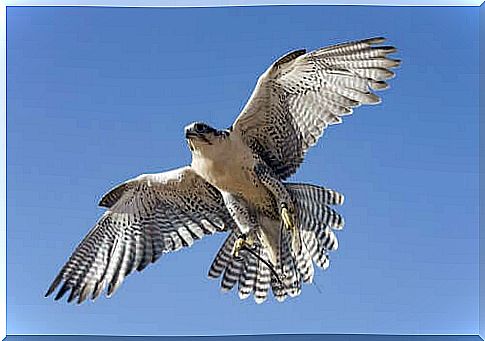
This Zen story of autonomy teaches us that in a distant kingdom, there was a ruler very dear to his people. He ruled with justice and everyone trusted him and obeyed his orders without questioning them too much. Many also brought him beautiful gifts as a sign of admiration and affection.
One day the king received a man who brought him a very special gift. They were two little hawks, both sons of an extraordinary specimen. The sovereign was grateful for this wonderful gift and immediately called the master of falconry to take charge of the training of the animals. No one in the kingdom knew more about hawks than he did.
The master therefore received the falcons and gave them special treatment from the start. He got them the best food and personally took charge of their care. The days began to pass and the two hawks to grow taller. However, this Zen story speaks to us about autonomy. Although they were brothers, these animals quickly turned out to be very different.
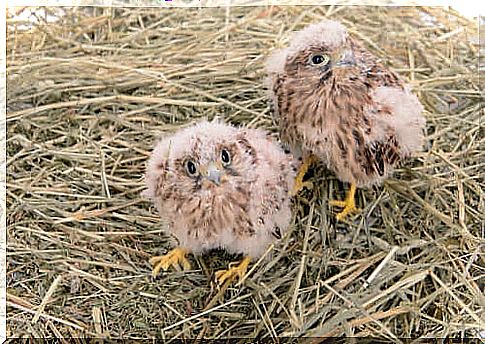
The two falcons and their differences
From the start, the falconry master noticed that one of the chicks was perhaps weaker and more timid. That’s why he kept the best food for himself. Sometimes he even forgot to feed the other, or gave him only small portions. He was obsessed with not letting any of them die and he felt that one of them needed him more.
As it grew, the forgotten falcon began to take its first walks, away from the small cage that remained open. He was still looking for food and so, little by little, he became familiar with the place. So, he discovered different plants, grains and worms that he found exquisite. He thus compensated for the lack of care.
This zen story about the autonomy of the two falcons quickly tells us about two magnificent falcons. The more protected had developed the habit of waiting for food and care, while the other had become very independent. The biggest difference between the two, however, was that while one always stood still, the other had learned to fly. He also knew how to get back.
A teaching on autonomy in the history of Zen
The falconry master admitted that he was unable to find a solution to the problem. No matter how hard he tried, he failed to get the protected hawk to fly. The best he could do was take him out of his cage and put him on a sturdy tree branch. He stayed there all day, giving no sign of wanting to fly. Seeing this, the master decided to tell the king what had happened.
When the sovereign learned of this enormous difference between the two specimens, he decided to issue an edict. The Zen story of self-reliance tells us that this edict offered a reward to anyone who was able to teach a falcon who was reluctant to fly.
All kinds of experts have arrived in this realm. They even came from distant lands, driven by the desire to win the king’s goodwill and, in the process, a substantial reward. Each of them thought they had found the strategy that would allow them to achieve their goal.
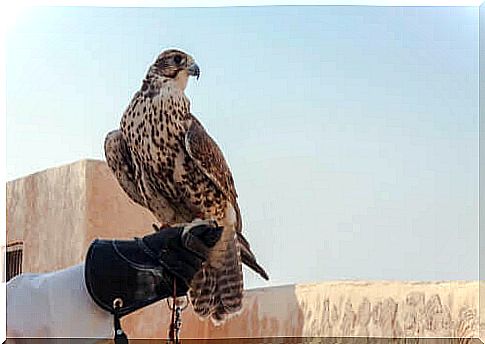
The lesson of this zen story about autonomy
Several months passed and none of them managed to make the hawk fly. They tried to captivate him with delicious treats, but the animal did not want to leave his branch. They also tried to carry other hawks who showed them different flight techniques, but nothing happened. One of the adventurers even wanted to perform a magical ceremony and apply his spells to the animal, but he couldn’t get it away from the branch it stayed on all day.
According to the Zen story on autonomy, one morning, a humble peasant arrived at the castle. For the most part, it has gone unnoticed. The elderly man simply sat by the tree and watched the hawk closely. It was like that all day, until the sun went down.
The next day, the humble peasant appeared before the king and asked him to look out the window. The sovereign could not hide his astonishment when he saw the falcon flying in the sky.
He then called the master of falconry to make sure that it was indeed the same shy animal that had not moved from the branch until yesterday and the master confirmed to him. Seeing what had happened, the king asked the man how he had managed to do it. The peasant, with great simplicity, replied: “ It was very easy. I simply cut off the branch ”.
